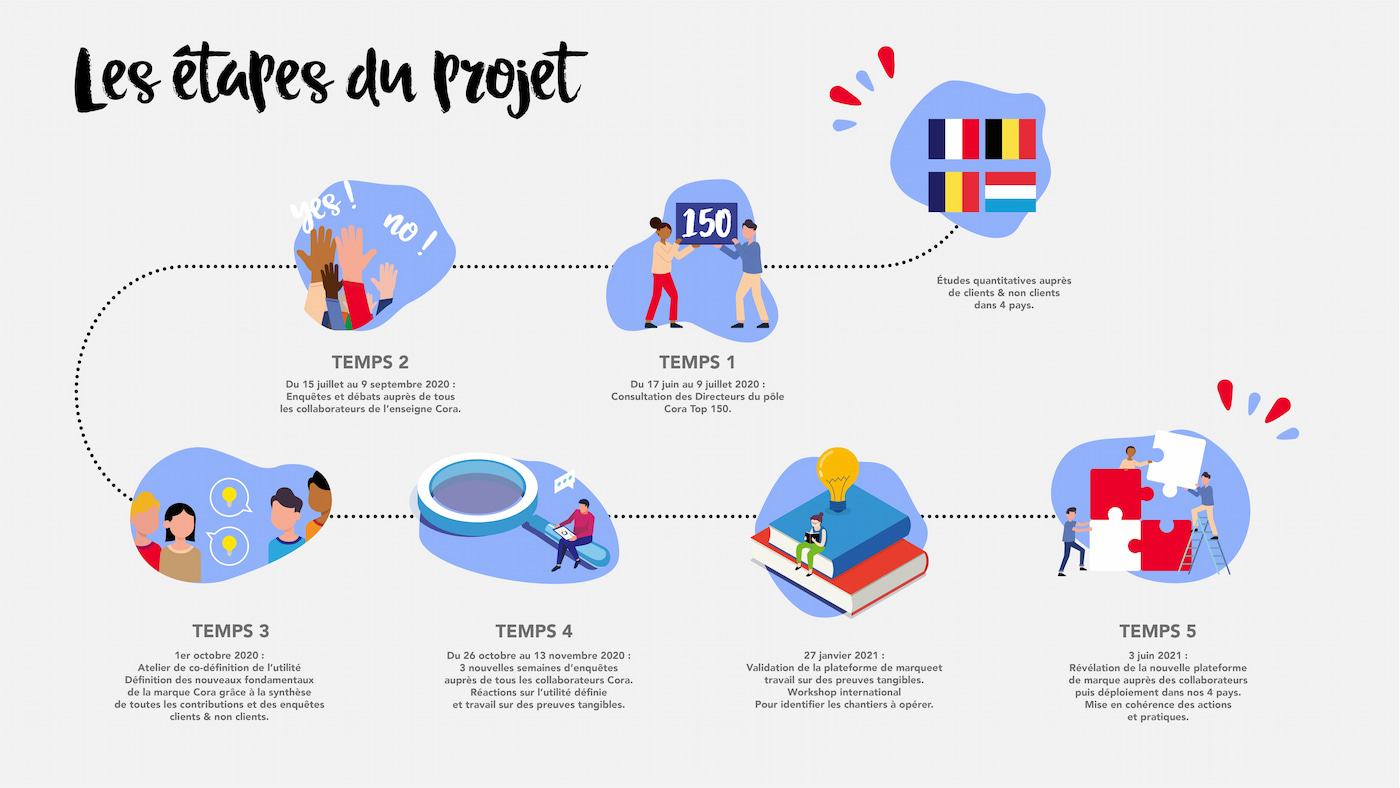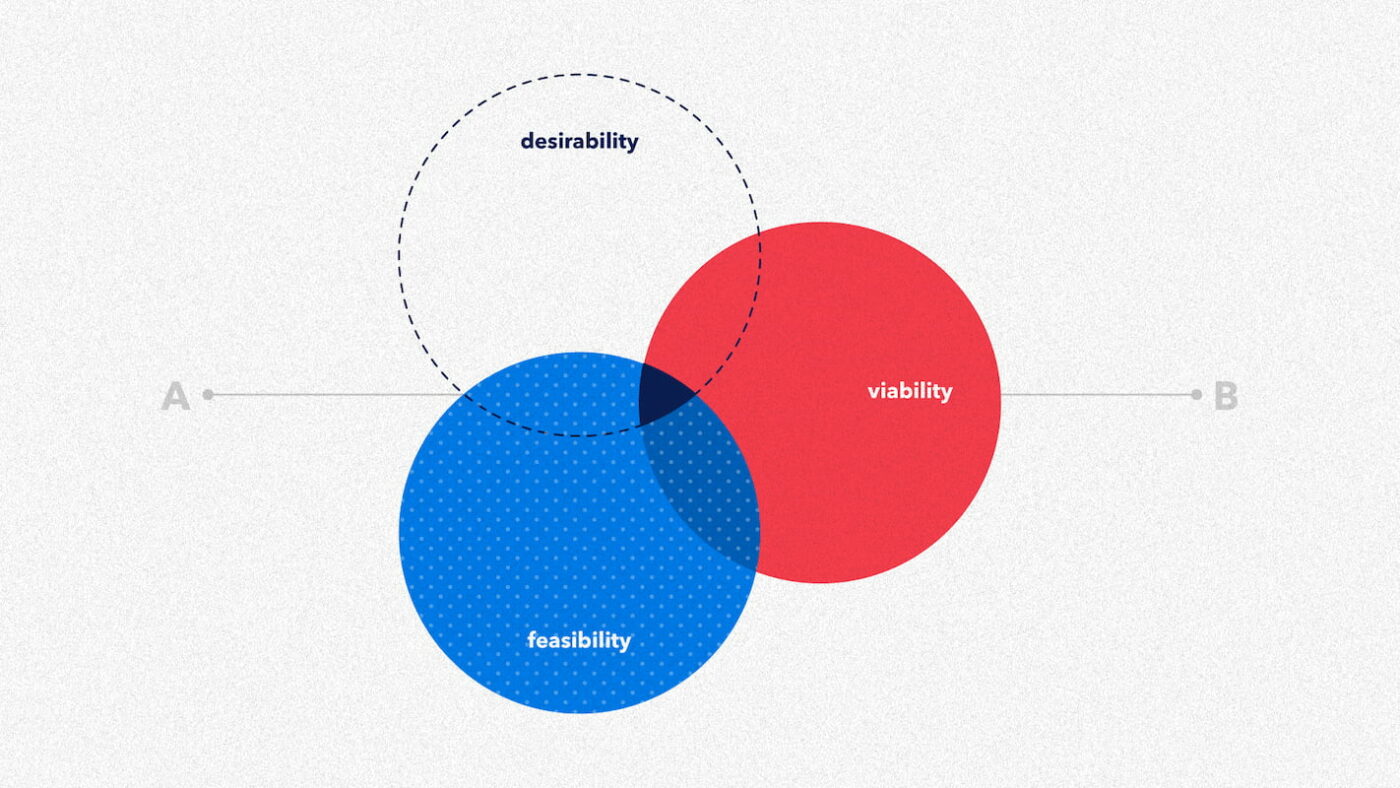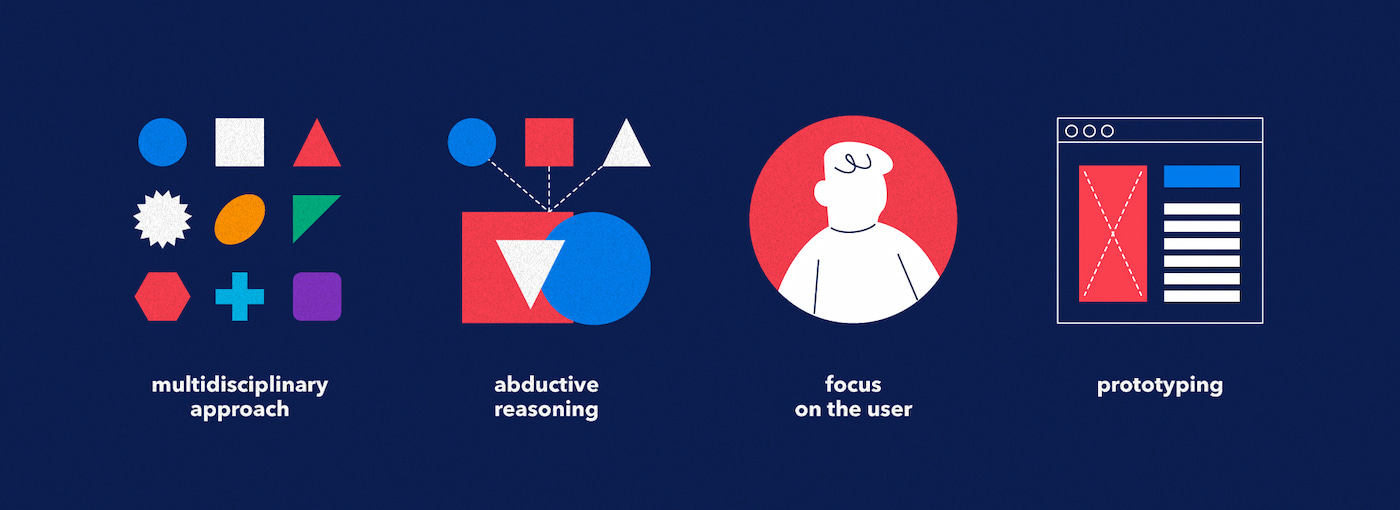France
Paris
Welcome to
Human design is a “tool that allows you to understand your energy mechanics, and the mechanics in interaction with your environment”. It allows a better understanding of oneself, of one’s strengths and weaknesses, and a better understanding of the other. It allows ultimately to understand it’s functioning and to work on oneself in order to act better, progress and accomplish oneself.
The human design describes 4 profiles:
All of these typologies are complementary. They create an exceptional collective intelligence which allows new concepts to germinate, new markets to be reached, innovation to be fostered.
This collective intelligence is the winning key to value creation.

Let’s take the exemple of the brand Cora. In 2020, Cora wanted to mobilize all of its employees in the definition of the brand strategy and make them the first ambassadors of change. CBA accompanied the brand in this shift by building a tailor-made support « Cora demain » allowing for the first time more than 25,000 employees to work together. Debates and surveys were conducted among employees and workshops were organized to define the new fundamentals and identify the work to be done.
The results? A coherent corporate vision understood by all employees, a smoother internal communication as a result of engaged and happy employees. Cora is today the second favorite employer in food distribution.
The digital is an integral part of our daily lives et new digital levers are emerging, among them the metaverse or AI. Despite a certain reluctance from a part of the general public, we can point out the complementarity between these digital tools and the human intelligence, that allows you to go further, faster.
The artificial intelligence allows an optimisation of process, a precise analysis of data in order to reduce the working hours and an important reduction of human mistakes. In the framework of client experience, the IA allows a tailor-made personalization thanks to the data collected to make the experience more attractive, targeted and engaging.
Business design is an operational style that combines business, strategic, and analytical approaches with the practices and mental model of design. It helps structure how each element of a business model affects the experience of customers and users.
In other words…
The discipline works at the intersection of feasibility, viability, and desirability to create innovation, helping companies and organizations move from point A to point B through a designed business model, or business model created based on the design approach.

In the BANI (“B:rittle, A:nxious, N:on-linear and I:ncomprehensible”) world we live in, business design can be extremely valuable to a company. The growth of startups, rapidly shifting markets, and ever-evolving technological possibilities require the creation of innovative business models and the reassessment of conventional ones. Business design, among other things, provides the tools and methods to develop and test business models with a truly human-centered value proposition. But the discipline addresses many other issues. Here are some of its applications:
It is a strategy that can help brands and businesses overcome a variety of problems, but how does this relate to the design approach? How does a business designer act in the design process?
The three primary functions of a business designer during a design process are:
1. Use a business perspective to guide or inform the design process in order to make sure that the final product effectively addresses business issues.
2. Translate design solutions into value and impact using a language that business stakeholders are familiar with in order to prove that design provides solutions to business problems.
3. Use human-centered methodologies to strengthen the commercial and financial aspects of design work to produce services and products that are viable.
To understand what is meant by business design and the mindset of business designers, it is essential to keep in mind four major pillars: multidisciplinary approach, abductive reasoning, customer focus, and prototyping.

– Multidisciplinary approach
Design thinking emphasizes the value of assembling a diverse team, including the different stakeholders and users of the company’s product or service, to avoid having one viewpoint dominate the outcome. This combination enables us to examine the issue from various angles and ask the pertinent questions, such as: Is it desirable? Can we really do that? Does this make sense for my business?
– Abductive reasoning
Abductive reasoning derives from design thinking. Most business school programs teach deductive reasoning – from rules to conclusions – and inductive reasoning – from examples to rules. In clearly defined contexts, both deductive and inductive reasoning perform well. Working with businesses, however, frequently entails having access to insufficient information in a highly complex system. The concept of wicked problems, a term coined by Herbert Simon – a scientist and the inventor of design thinking, explains it: the more complex and multidimensional the problems, the more they demand a collaborative methodology and a deep understanding of human needs. Therefore, abductive thinking, a combination of inductive and deductive reasoning, is actually more suitable for such situations.
– Focus on the user
Business design uses user-centered and empathic design approaches. The starting point of any challenge is people. Every strategy is built based on a deep understanding of users, including information on their problems, objectives, and pain points. This helps us develop solutions that best fit their lifestyles.
– Prototyping
Business designers create prototypes not only to prove their validity but also to learn. To come up with the best-case scenario, we don’t simply consult a spreadsheet. We launch products and services to test the business. We develop financial projections and business cases to prove the financial viability of a product. We outline product ideas that represent strategic trade-offs to inform our strategic decisions. We create extreme business model scenarios and use them as prototypes to learn from customers, suppliers, and other stakeholders. We occasionally produce business pitches that help make new business ideas concrete so that organizations can support the development of spin-offs or fund a startup.
Business design is….